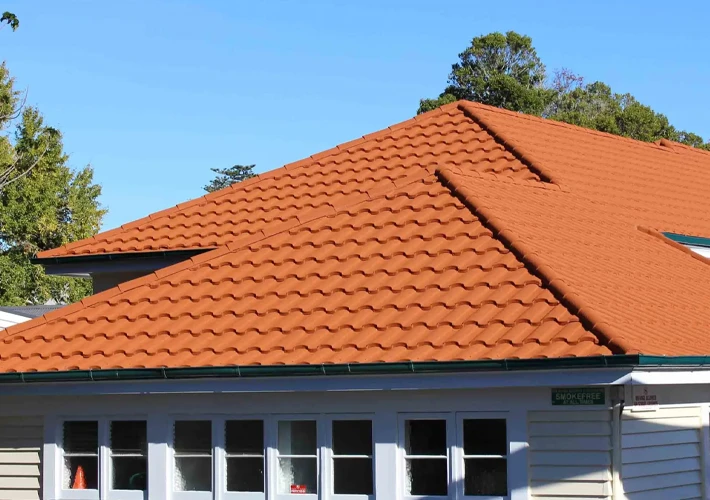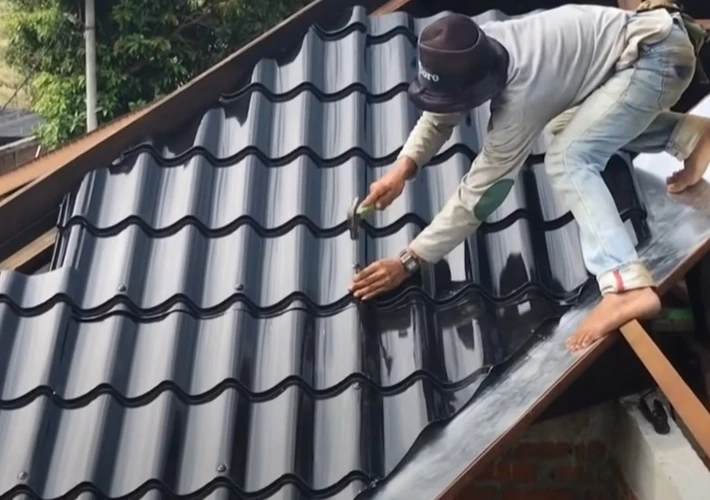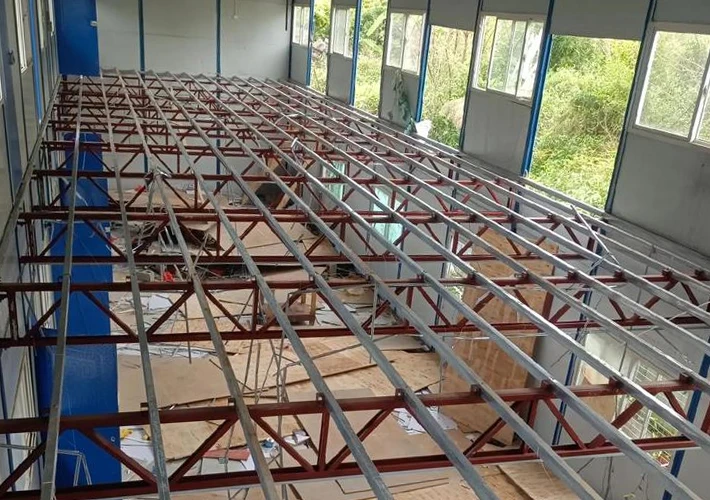Galvanized roofing sheets are widely used across residential, commercial, agricultural, and industrial projects due to their strength, corrosion resistance, and cost-effectiveness. However, with various types, thicknesses, coatings, and profiles available in the market, choosing the right galvanized sheet can be challenging, especially for project managers, builders, and importers dealing with large-scale applications.
This guide will provide a comprehensive overview of how to select the most suitable galvanized roofing sheet for your project, whether you’re sourcing for a local construction site or planning bulk imports.
Understanding What Galvanized Roofing Sheets Are
Galvanized roofing sheets are steel sheets coated with a layer of zinc through a galvanization process. The zinc layer protects the steel from corrosion, extending its lifespan even in harsh weather conditions. There are two main galvanizing methods:
- Hot-dip galvanizing: The steel is dipped in molten zinc. It provides a thicker, more durable coating.
- Electro-galvanizing: A thinner zinc layer is applied via electroplating. It offers a smoother finish but less corrosion resistance.
Common profiles include:
- Corrugated
- IBR (Inverted Box Rib)
- Trapezoidal
- Standing seam
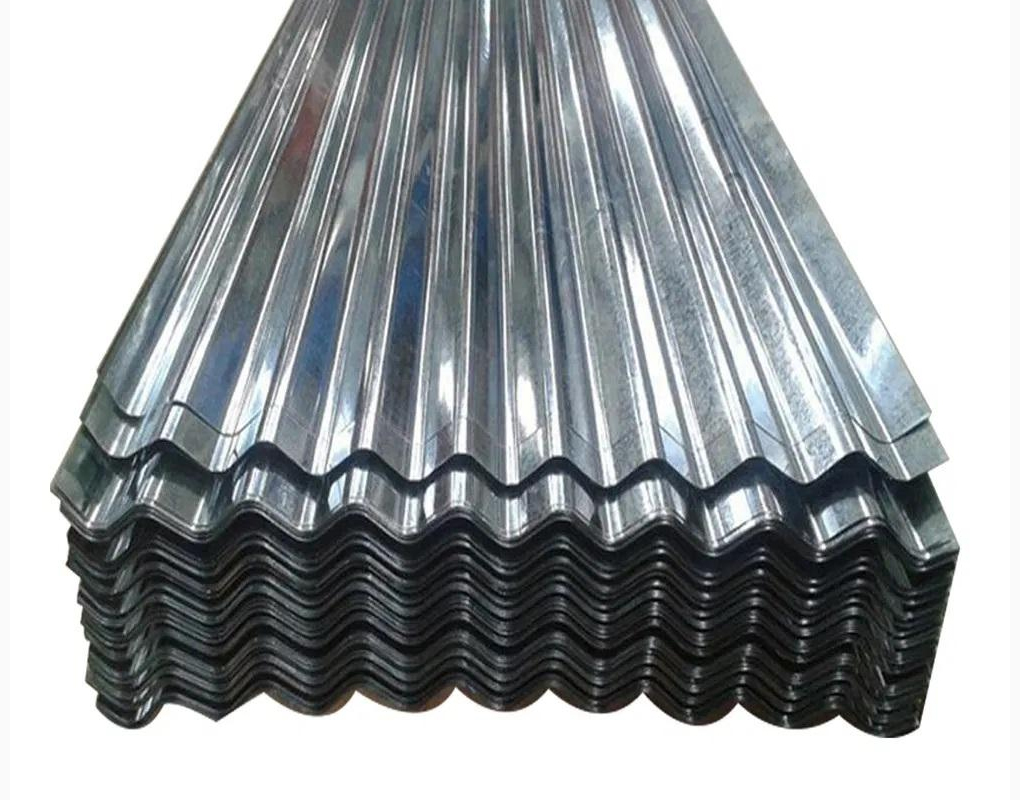
Why Galvanized Roofing Sheets Are Popular
Galvanized steel roofing sheets offer several benefits:
- Corrosion resistance: The zinc coating protects against rust and harsh environmental conditions.
- Long service life: With proper maintenance, galvanized sheets can last 20–50 years.
- High strength-to-weight ratio: Ideal for large-span roofing without heavy structural support.
- Low maintenance cost: No frequent repainting or sealing required.
- Eco-friendly: Fully recyclable at the end of life.
Key Factors to Consider When Choosing
When selecting the right galvanized sheet, consider the following technical and functional factors:
a) Zinc Coating Thickness (Zinc Mass or Z Rating)
Zinc coating is measured in grams per square meter (g/m²). Common grades include:
- Z100–Z275 for residential/light commercial use.
- Z350–Z600 for heavy-duty or marine environments.
The thicker the coating, the better the corrosion resistance. For example:
- Z275 = 275 g/m² of zinc (137.5 g/m² on each side)
Recommendation: For coastal or humid regions, opt for Z350 or above.
b) Base Steel Thickness
Measured in millimeters (mm) or gauge, common thicknesses are:
- 0.14–0.25mm for temporary structures
- 0.3–0.5mm for residential
- 0.6–1.2mm for industrial/commercial
Thicker sheets offer more durability but are heavier and costlier.
Tip: Use thicker sheets for areas with strong winds or snow loads.
c) Surface Finish and Coating Options
Depending on application and appearance, surface treatments include:
- Regular spangle: Visible crystal pattern, decorative.
- Minimized spangle: Smaller crystals, more uniform appearance.
- Zero spangle: Smooth surface, ideal for painting.
Additional coatings:
- Chromated (passivated)
- Oiled (for temporary rust prevention)
- Pre-painted galvanized steel (PPGI)
d) Profile and Rib Design
Profile affects both load-bearing capacity and aesthetic appeal. Choose based on:
- Corrugated profile: Traditional look, good water shedding.
- Trapezoidal/IBR profile: High strength and modern design.
- Standing seam: Best for high-end or leak-proof projects.
Roof pitch and drainage should be matched with the profile type.
Application-Based Recommendations
a) Residential Buildings
- Thickness: 0.3–0.5 mm
- Zinc Coating: Z275
- Profile: Corrugated or trapezoidal
- Optional: Pre-painted for color aesthetics
b) Commercial Warehouses & Factories
- Thickness: 0.5–0.75 mm
- Zinc Coating: Z275–Z350
- Profile: IBR or trapezoidal
- Optional: Insulated roofing panels
c) Agricultural Structures (barns, sheds)
- Thickness: 0.4–0.6 mm
- Zinc Coating: Z275
- Profile: Corrugated
- Optional: Anti-condensation coating on back
d) Coastal or Marine Environments
- Thickness: 0.5–0.75 mm
- Zinc Coating: Z450–Z600
- Profile: Standing seam or heavy-duty trapezoidal
- Optional: Color-coated with marine-grade paint
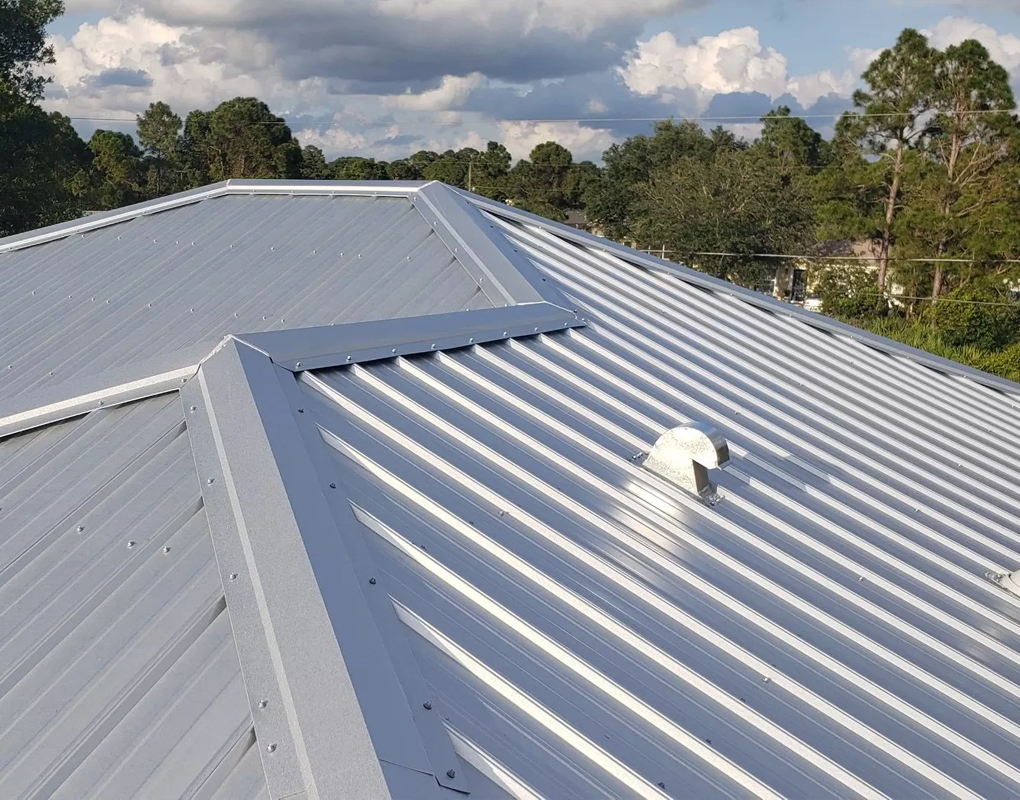
Factory Strength and Quality Standards
Whether you’re sourcing from a local manufacturer or importing from China, ensure the supplier meets the following standards:
- ISO 9001 certified
- ASTM A653 / JIS G3302 / EN 10346 compliant
- In-house testing: salt spray test, bend test, tensile strength test
- Clear marking of steel grade and zinc coating on coils
Tip for importers: Ask for a Mill Test Certificate (MTC) and third-party inspection report.
Packaging and Transportation
Proper packaging ensures the sheets arrive in excellent condition:
- Waterproof wrapping with PE film
- Edge protectors and steel band strapping
- Palletized or bulk in containers (for exports)
Shipping tips:
- Use 20GP containers for smaller coils or pre-cut sheets
- Use 40GP for larger volumes
- Ensure the supplier understands anti-rust export packaging requirements
Customization Options
Leading factories offer custom services:
- Coil to sheet cutting
- Custom lengths and widths
- Punching or perforation
- Embossed or matte surfaces
- Color coatings (RAL color codes)
These allow you to meet specific market needs or architectural designs.
Cost Factors to Consider
Prices of galvanized roofing sheets depend on:
- Steel base price (influenced by global markets)
- Zinc coating thickness
- Sheet thickness and profile
- Surface coating (painted or non-painted)
- Packaging and transportation
Typical FOB China price range (as of 2025):
| Type | Thickness | Zinc Coating | Price (USD/ton) |
|---|---|---|---|
| Regular Galvanized Sheet | 0.3 mm | Z120 | $550–$650 |
| High-Zinc Roofing Sheet | 0.5 mm | Z275 | $680–$750 |
| Color-Coated Galvanized Sheet | 0.5 mm | Z275 | $800–$950 |
Note: Prices may fluctuate due to steel raw materials and global demand.
Common Mistakes to Avoid
- Underspecifying thickness: Leads to deformation or leaks
- Ignoring coating needs: Lower zinc may rust quickly in humid areas
- Wrong profile selection: May cause poor water drainage
- Low-quality sourcing: Leads to product failure and warranty issues
- No local standards compliance: Could delay approvals and installation
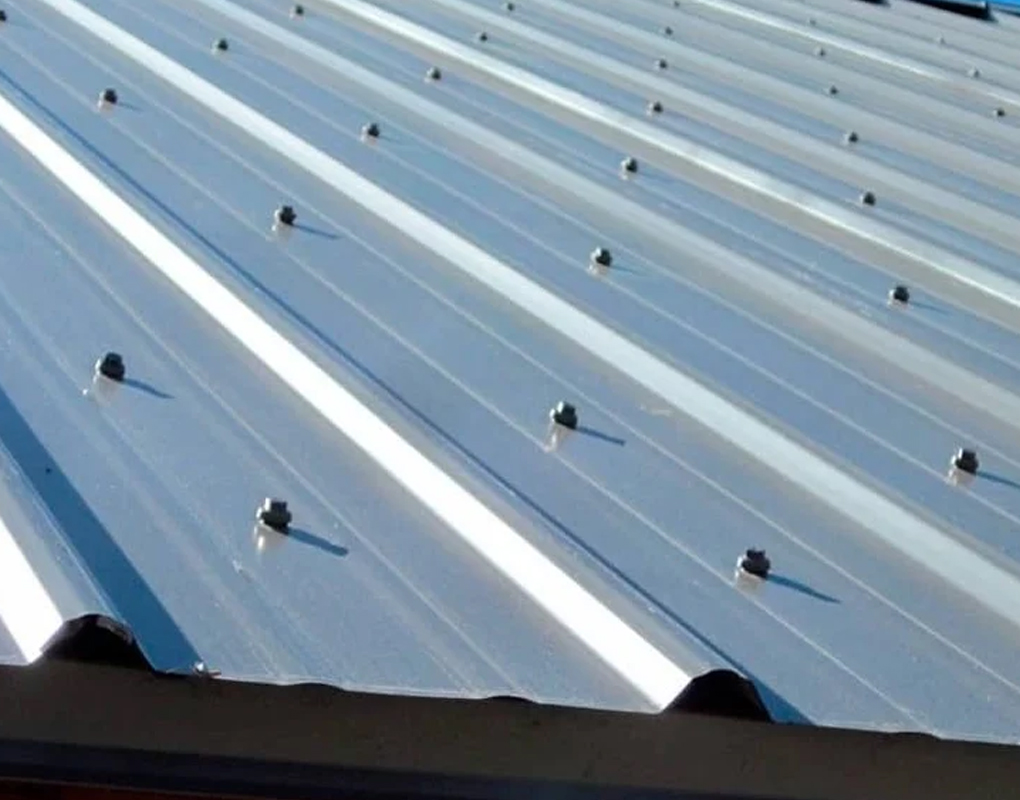
Conclusion
Choosing the right galvanized roofing sheet requires a balance of performance, durability, aesthetics, and cost-effectiveness. Whether you are a builder working on a residential project or a B2B buyer looking to import galvanized sheets in bulk, a deep understanding of coating thickness, material strength, profiles, and environmental conditions will ensure you make the best choice for your project.
If you’re seeking a reliable galvanized roofing sheet manufacturer in China, our factory offers:
- Customized production
- Competitive bulk pricing
- Strict quality control
- International certifications
- Flexible export support
👉 Contact us today for free samples, catalogs, or a detailed quote tailored to your project needs.


